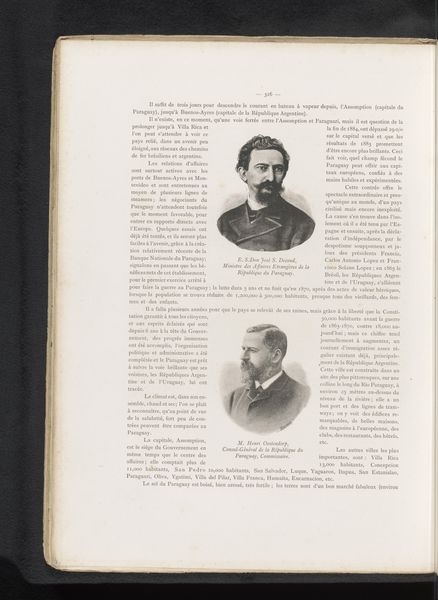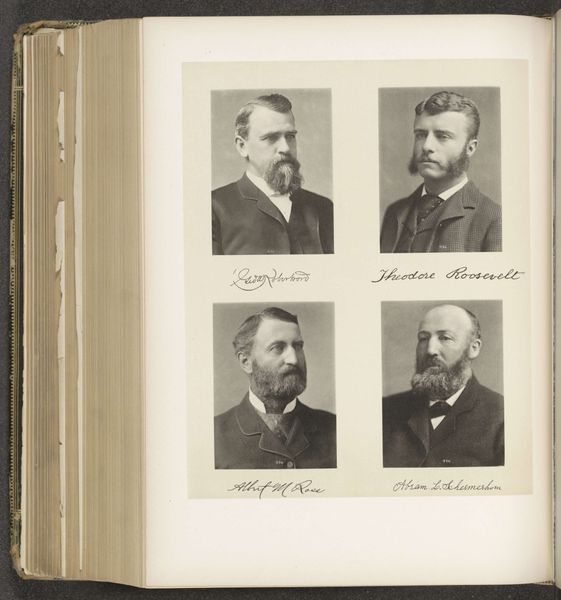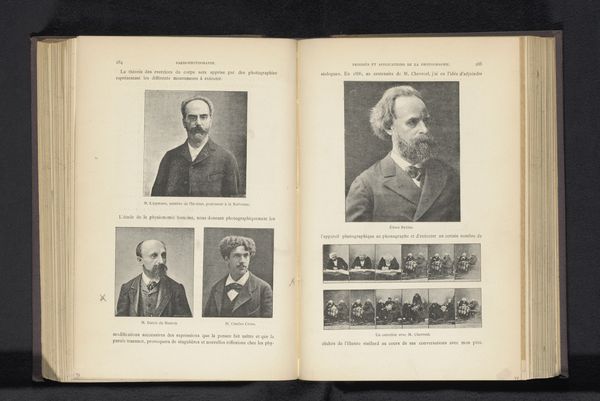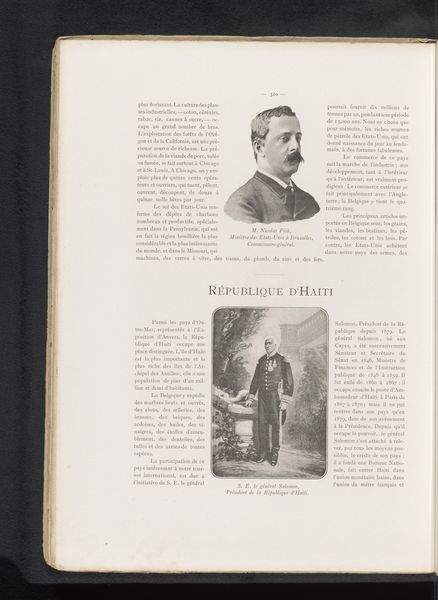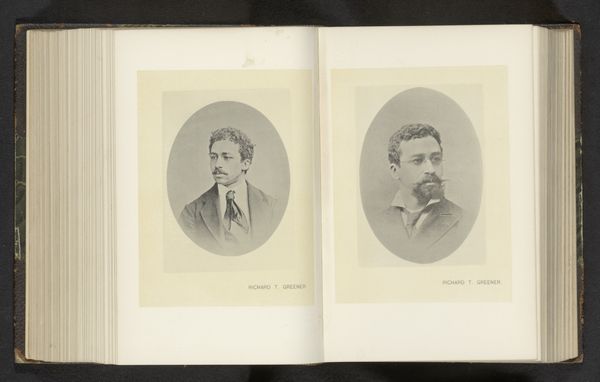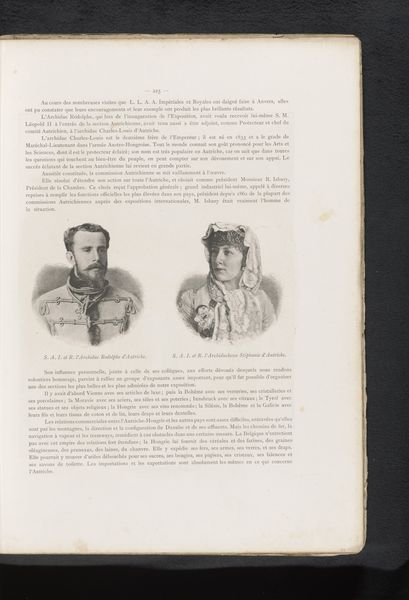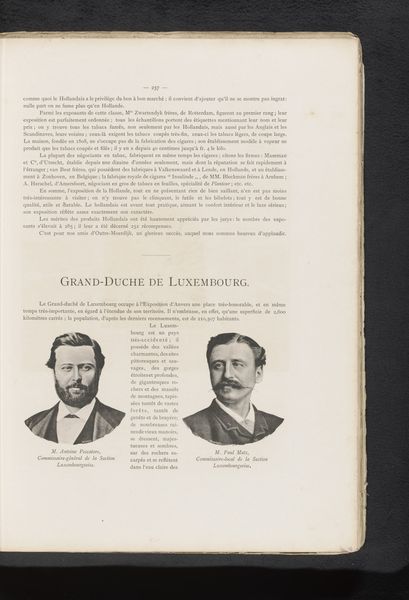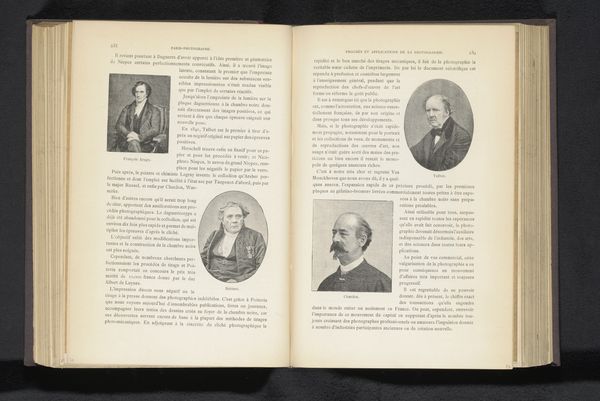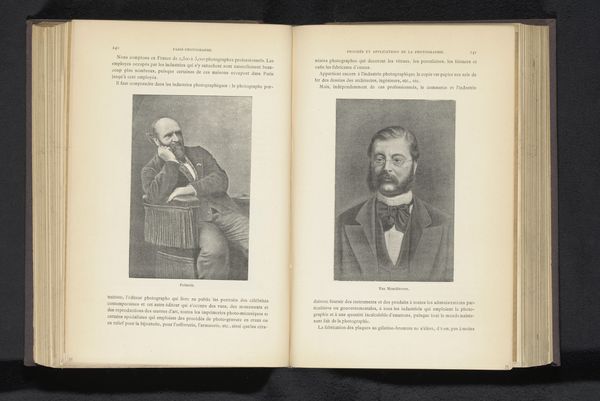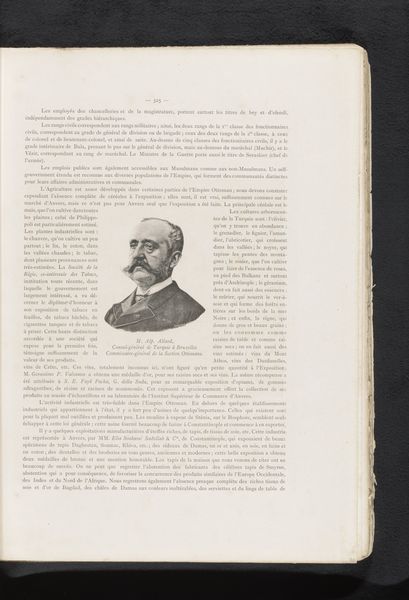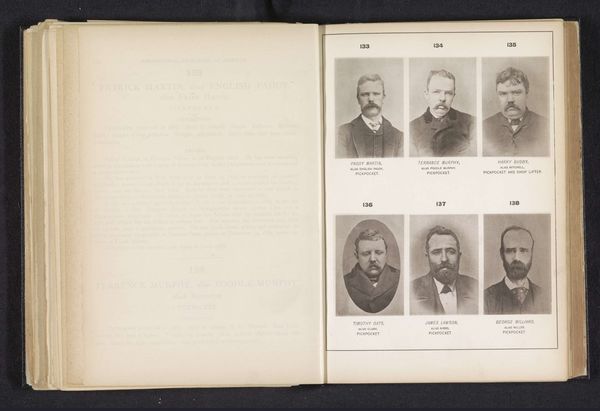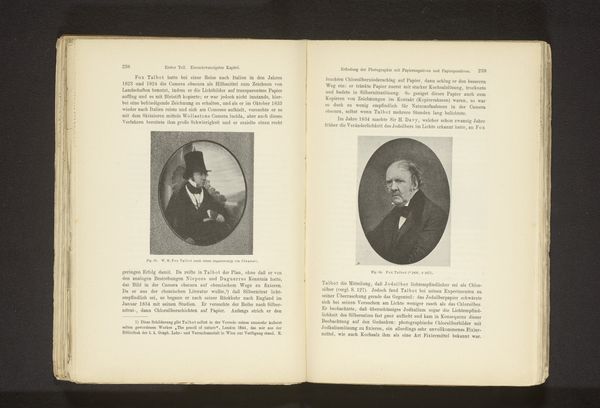
print, paper, photography, engraving
#
portrait
# print
#
paper
#
photography
#
history-painting
#
engraving
Dimensions: height 312 mm, width 224 mm
Copyright: Rijks Museum: Open Domain
Editor: This print, titled "Portrait of Tsar Alexander III of Russia," dates back to before 1885. What strikes me is how the portraits are arranged on the page, almost like a collage in a newspaper. As an historian, what grabs your attention when you look at it? Curator: What interests me is the function of images like these in disseminating power and authority. We see a printed image, presumably widely distributed, of a powerful ruler. This wasn’t about accurate likeness, but about projecting an image of Tsarist Russia to its people and perhaps even internationally. Consider the visual cues, like the military regalia. How does that contribute to the message? Editor: It definitely seems like they're trying to create an image of strength and leadership. Were these prints common ways to spread a ruler's image at the time? Curator: Absolutely. Think about the socio-political context. Photography was becoming more accessible, but printmaking allowed for mass production and widespread distribution. This imagery, carefully curated, served as a form of propaganda. And remember, these images weren't just neutral representations; they shaped public perception and reinforced existing power structures. Does that give you a different way of considering how and why people may have encountered this print? Editor: It does. I hadn't really considered the power dynamic involved in even distributing someone's portrait. Now I see the choice of uniform, his stern expression... it's all very deliberate. It makes you think about what the Tsarist regime wanted its citizens to believe about their ruler. Curator: Exactly. It forces us to ask: who is controlling the narrative, and what is their objective? And what are we, as viewers today, to make of it? It shows us, in visual terms, how history gets written and disseminated. Editor: I see the portrait not just as a depiction, but a political statement too! I never would have arrived at that reading if you hadn't given me insights on socio-political motives. Curator: Indeed. And next time, think about whose voices and perspectives are missing. That's often where the real story lies.
Comments
No comments
Be the first to comment and join the conversation on the ultimate creative platform.
